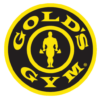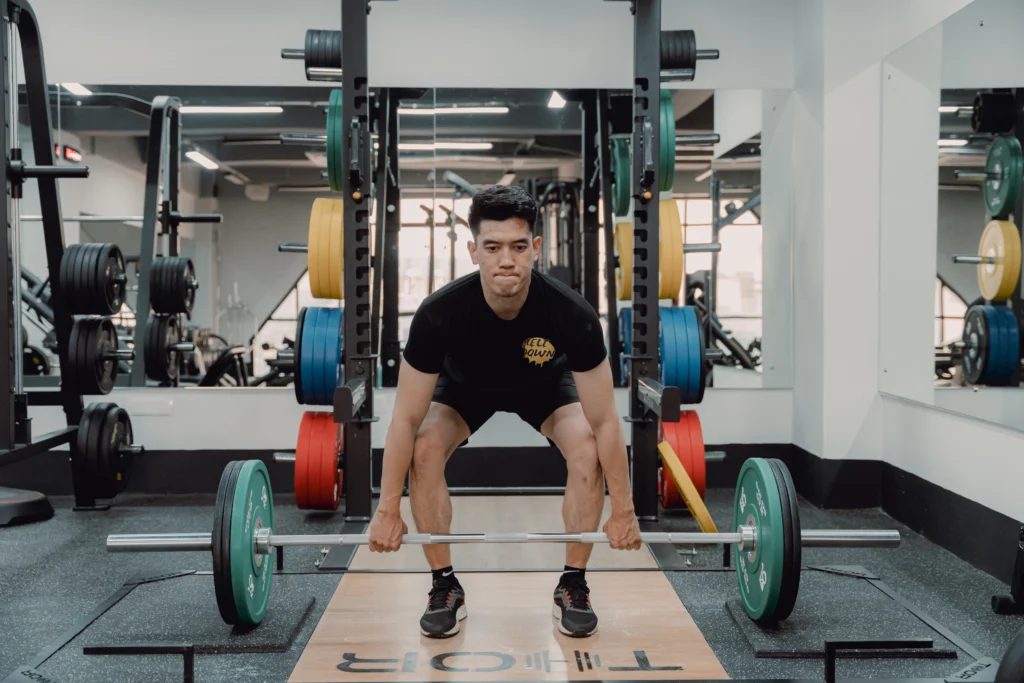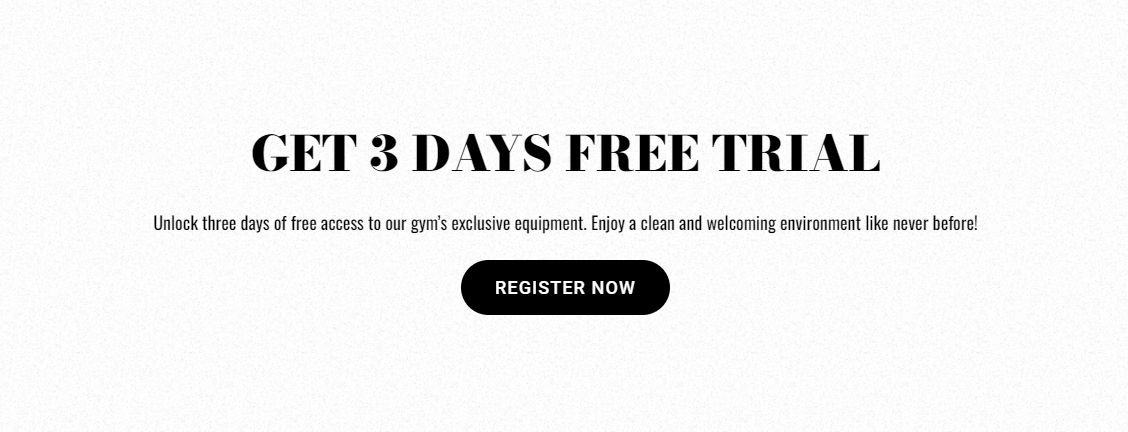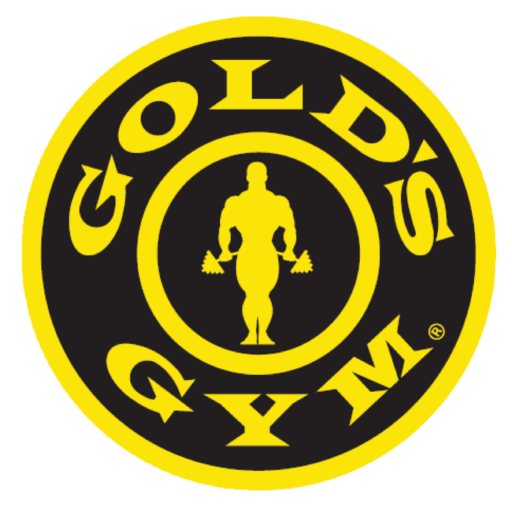Have you ever wondered why some weightlifters make incredible gains while others struggle with injury and growth, despite putting in similar efforts? The secret often lies in one critical factor: Proper Form.
Proper form in weightlifting is not just about avoiding injuries; it’s the foundation of effective, safe, and sustainable progress. This article will explore how proper form impacts your safety, maximizes your workout effectiveness, and ensures sustainable progress.
Benefits of Proper Form
Injury Prevention
Proper form in weightlifting is crucial for injury prevention. Using correct posture and technique reduces the risk of strains, sprains, and joint issues by evenly distributing forces across muscles and joints.
Maximizing Muscle Gains
Correct form ensures targeted muscles are fully engaged, optimizing growth. Poor form can shift the workload to other muscles, reducing exercise effectiveness and limiting muscle development.
Improved Performance
Lifting with proper form enhances gym performance. It enables you to lift heavier, perform more reps, and tackle complex movements with better control, leading to greater progress.
Enhancing Workout Efficiency
Proper form maximizes your gym time by ensuring exercises are performed efficiently and effectively. This reduces fatigue and injury risk, allowing for consistent training, shorter recovery times, and faster results.Mind-Muscle Connection
The mind-muscle connection in weightlifting involves consciously engaging targeted muscles. Proper form enhances this connection, boosting muscle activation, growth, and strength development with each rep.
Common Weightlifting Mistakes
Poor Posture
Poor posture, like rounding your back or overarching, is a common weightlifting mistake that can lead to serious injuries. Keeping a neutral spine and proper alignment prevents strain on your vertebrae and ensures the right muscles are targeted.
Rushing Through Reps
Another common mistake is rushing through reps. Rushing reps often leads to poor form and higher injury risk. Slowing down allows for better control, maintaining proper technique, and achieving better results.
Incorrect Breathing
Breathing may seem like a minor detail, but it plays a crucial role in maintaining proper form. Incorrect breathing, like holding your breath, can spike blood pressure and cause dizziness. Proper techniques, such as exhaling during exertion, stabilize your core and support correct form.
The Risks of Poor Form
Short-Term Risks
Poor form can cause short-term risks like strains and sprains, leading to pain, swelling, and limited mobility. These injuries can sideline your training and potentially cause long-term damage if not addressed.
Long-term Risks
Lifting with poor form can lead to chronic injuries like tendonitis, joint issues, and muscle imbalances. Over time, these problems can cause persistent pain, limit exercise performance, and affect your quality of life.
How to Improve and Maintain Proper Form
Start with a Warm-Up
Start with a warm-up to prepare your muscles, joints, and nervous system for weightlifting. Dynamic stretches, mobility exercises, and light cardio increase blood flow and flexibility, helping you maintain proper form and reduce injury risk.
Start with Lower Weights
Start with lighter weights to focus on technique when learning a new lift. Gradually increase the weight only after mastering the form to avoid ego lifting, which can lead to injury and minimal gains.
Focus on Core Stability
A strong core is essential for proper form and stability during lifts. Core exercises like planks and bridges improve spinal alignment and support, helping you lift safely and reduce injury risk.
Breathing Techniques
Mastering your breathing is key to maintaining form. Practice breathing deeply rather than shallowly into your chest to stabilize your core and support your spine during lifts, ensuring your muscles get the oxygen needed for effective performance.
Seek Professional Guidance
Professional guidance from certified trainers helps assess and correct your form, offering personalized advice and preventing long-term issues. Investing in a personal trainer and a few sessions can improve your technique and set you on the right path.
Use of Mirrors and Video Feedback
Visual feedback is key for improving form. Mirrors help you adjust posture in real-time, while recording your lifts lets you review and track progress.
Lift Smarter, Stay Injury-Free, and See Real Progress in the Gym
In conclusion, proper form in weightlifting is not just about avoiding injury; it’s about lifting smarter, maximizing your gains, and ensuring long-term success in the gym. At Gold Gym Nepal, we understand the importance of form, which is why our personal trainers and floor trainers are dedicated to helping you perfect your technique. Start your journey with us today and experience the difference that proper form can make in your fitness journey.
FAQs:
How can I tell if my form is correct?
You can use mirrors, video analysis, or seek feedback from a trainer to ensure your form is correct.
What are the most common weightlifting injuries?
Common weightlifting injuries include lower back strains, shoulder impingements, and knee injuries.
How often should I check my form?
It’s a good practice to review your form regularly, especially when learning new exercises or if you notice discomfort.
Can I improve my form on my own?
Yes, you can improve your form on your own by using mirrors, video analysis, and focusing on technique. However, working with a professional can provide more precise corrections and guidance.
Can poor form affect my long-term progress?
Yes, poor form can lead to injuries and inefficiencies that hinder your progress.



